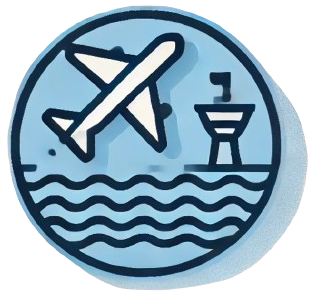Flying in a small airplane
Flying in a small airplane is often viewed with skepticism and concern, particularly by those accustomed to commercial flights in larger aircraft. However, as long as certain precautions are taken, small airplanes can be just as safe as their larger counterparts. Ensuring that the aircraft is well-maintained and that the pilot is trustworthy are fundamental factors that contribute to overall safety in aviation, whether in a small or large plane.
The Importance of Maintenance and Trust
The safety of any airplane, regardless of its size, hinges on proper maintenance and the qualifications of its pilot. Small airplanes typically require diligent upkeep due to their smaller parts and more direct pilot involvement. Regular maintenance checks can preemptively catch potential issues that may arise. It is essential for owners and operators of small aircraft to stick to a schedule of inspections and repairs to ensure airworthiness. Pilots also play a pivotal role; a knowledgeable and experienced pilot can make decisions that ensure the safety of the flight. Trusting the person in control of the aircraft can alleviate concerns for nervous flyers.
- Key Maintenance Practices
- Regular inspections
- Prompt repairs
- Diligent upkeep
Comparing Small and Large Aircraft Safety
When discussing safety, it is interesting to note that statistics reveal no significant increase in risk when flying small airplanes compared to larger commercial airlines. While larger commercial airlines may have more rigorous oversight and regulatory scrutiny, the differences in crash rates are often attributed to operational environment rather than inherent safety features.
| Airline | Safety Record |
|---|---|
| Qantas | Zero crashes |
| Other airlines | Varied records |
For instance, Qantas, one of the oldest airlines in the world, has an impressive record of zero crashes, showcasing how rigorous standards and operational practices can lead to exceptional safety records in larger aircraft. Nevertheless, those flying on smaller planes often favor a more personal and direct flying experience, making the journey itself a joy rather than solely a means of travel.
Choosing the Safest Seat on a Plane
Safety can also be affected by where passengers are seated, whether in small or large planes. According to research conducted by the National Transportation Safety Board, statistics suggest that those seated at the back of an aircraft have a higher chance of survival in the event of a crash. The study, which analyzed 20 plane crashes since 1971, also revealed that seats located near the wing are statistically safer due to the structural integrity and fuel storage being situated near that area. Hence, understanding the dynamics of seating arrangements can also play a role in enhancing the flying experience, regardless of the aircraft size.
In conclusion, flying in a small airplane can be a safe and enjoyable experience if passengers take the necessary precautions and understand the factors influencing aviation safety. By ensuring proper maintenance, trusting qualified pilots, and being mindful of seating choices, one can confidently explore the skies in smaller aircraft.
